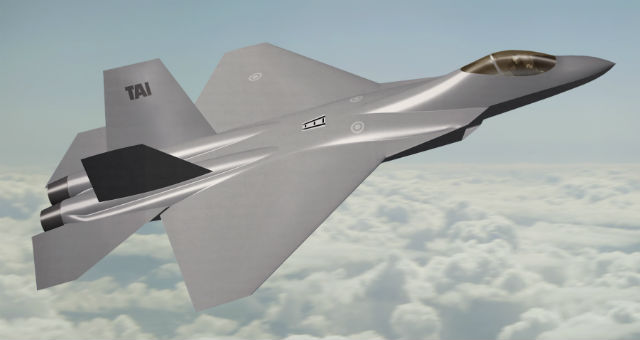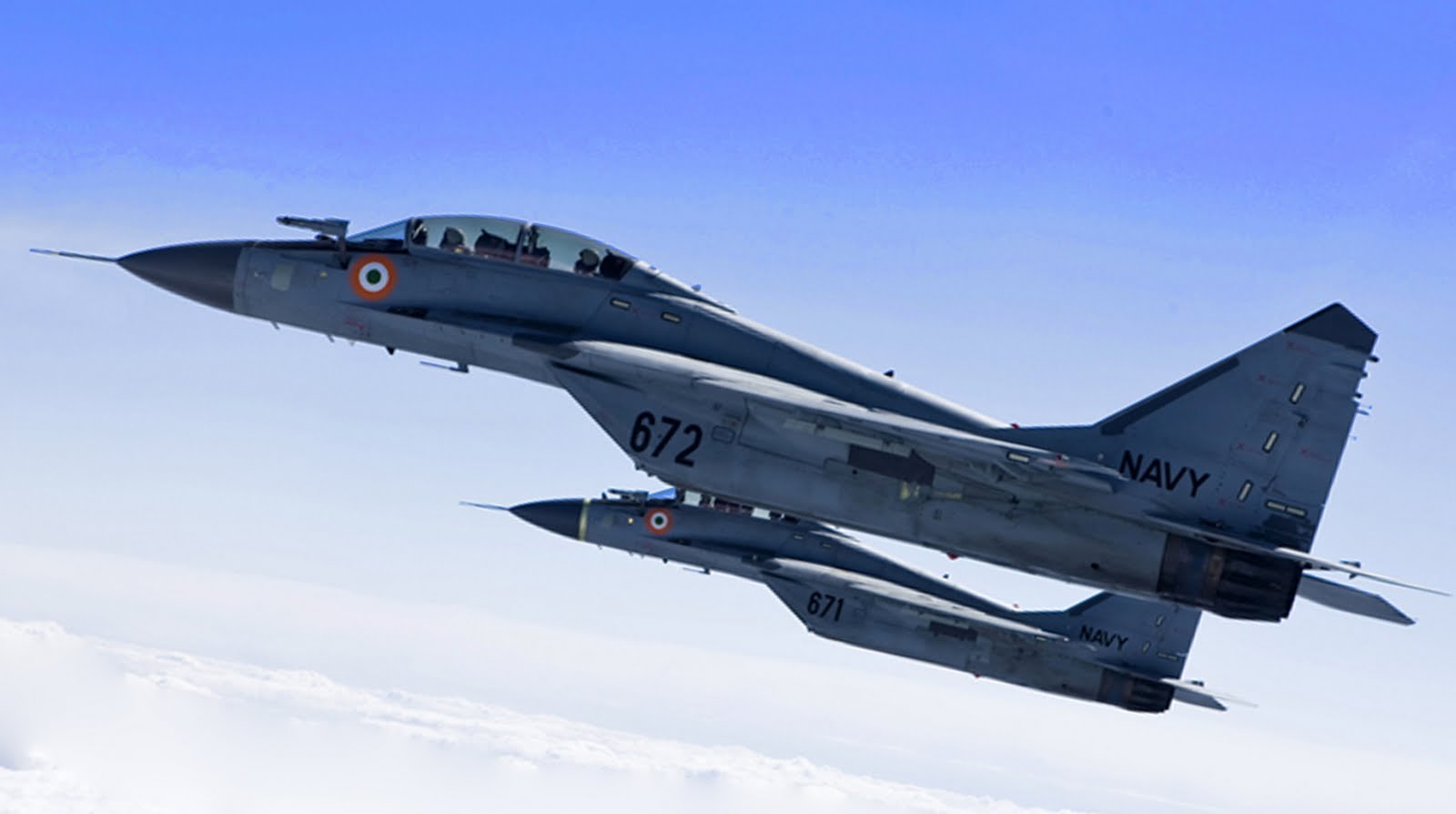Northrop Grumman MQ-4C Triton High Altitude Long Endurance (HALE) unmanned aircraft is one step closer to serving the Navy in maritime reconnaissance and surveillance missions, having just completed its first flight at Palmdale, California. The drone spent 80 minutes in the air, reaching an altitude of 20,000 feet.
The MQ-4C Triton, the airborne element of the U.S. Navy's Broad Area Maritime
Surveillance (BAMS) system which also include the Boeing P-8A Poseidon MMA aircraft .
The aircraft can soar at up to 60,000 feet and stay airborne for as long as 30 hours. By 2015, the Triton will undergo operational testing and evaluation, and the Navy hopes to add additional aircraft to its existing fleet (currently just two strong).








.jpg)






